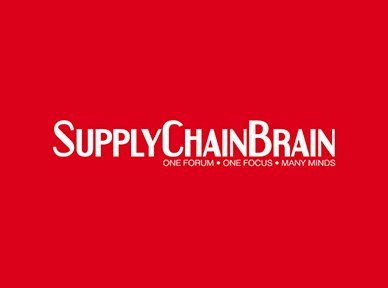How Generative AI Improves Supply Chain Management
It can cut decision-making time from days to minutes and dramatically improve results.
Summary: Over the past few decades, advances in information technologies have allowed firms working to optimize their supply chains to move from decision-making on the basis of intuition and experience to more automated and data-driven methods, which has increased efficiency and reduced costs. Unfortunately, business planners and executives still need to expend considerable effort to understand the recommendations coming out of their systems, analyze various scenarios, and conduct what-if analyses. They often need to pull in data science teams or technology providers to explain results or make updates to the system. Now, advances in large language models (LLMs), a type of generative AI, are increasingly making it possible to perform those activities without such support. LLM-based technology can automate data discovery, insight generation, and scenario analysis, reducing the time to make decisions from days to minutes and dramatically increasing planners’ and executives’ productivity and impact. The authors draw from Microsoft’s cloud business experience to explore how LLMs can be used to optimize supply chains. They also identify obstacles firms will need to overcome to deploy LLMs effectively.
Companies face a variety of complex challenges in designing and optimizing their supply chains. Increasing their resilience, reducing costs, and improving the quality of their planning are just a few of them. Over the past few decades, advances in information technologies have allowed firms to move from decision-making on the basis of intuition and experience to more automated and data-driven methods. As a result, businesses have seen efficiency gains, substantial cost reductions, and improved customer service.
Unfortunately, business planners and executives still need to spend considerable time and effort to understand the recommendations coming out of their systems, analyze various scenarios, and conduct what-if analyses. Updating the supply-chain-management tools’ mathematical models to reflect changes in the business environment is time-consuming as well. To address these issues, planners and executives have had to pull in data science teams or the technology providers to explain results or make changes in the system.
Recent advances in large language models (LLMs), a type of generative AI, are now making it possible to perform these activities without such support, reducing the time to make decisions from days and weeks to minutes and hours and dramatically increasing planners’ and executives’ productivity and impact. In this article we’ll explore how LLMs can be used to generate insights from data that will give executives a better understanding of the state of their supply chains, answer what-if questions, and update supply-chain-management tools in order to take into account the current business environment. We’ll also highlight the challenges that companies must overcome to adopt LLMs and the opportunities for expanding their applications in the future.
The experiences we will share are drawn mostly from Microsoft’s employment of an LLM-based system to manage the supply of servers and other hardware to more than 300 data centers around the world in support of its cloud services. Microsoft piloted its LLM-based system from March 2023 to October 2023 before fully deploying it in November 2023. Since then, the system has had a notable impact on efficiency and productivity, measured by incident response time and speed in making decisions, and those gains are expected to increase as the system is refined even more over time. The capabilities that we discuss are not dependent on the use of a Microsoft product, though; a wide variety of the high-quality LLMs available today could be used to achieve them.
Now let’s explore the benefits that LLMs can provide.








